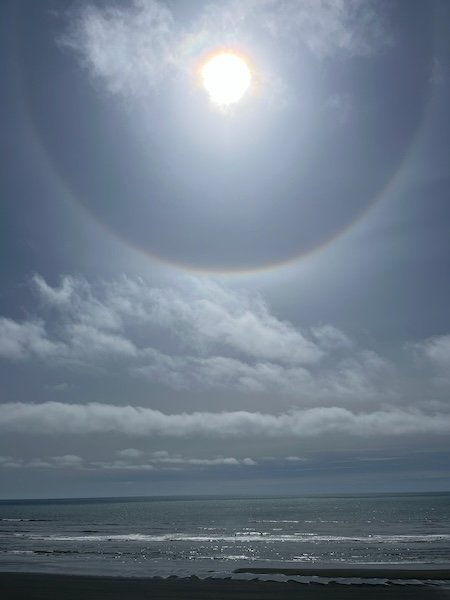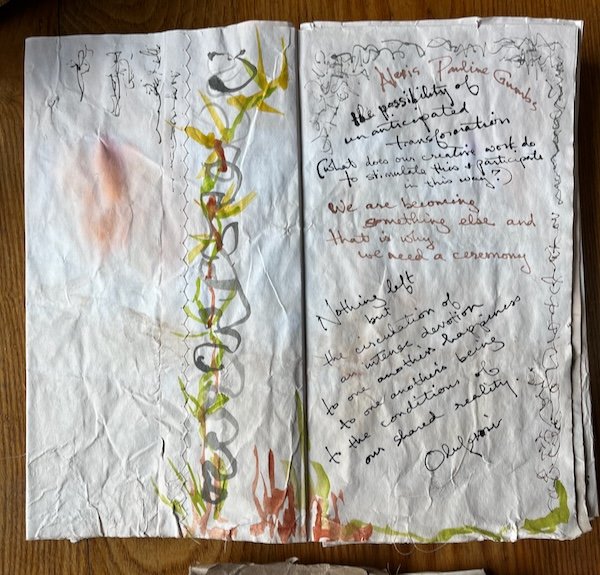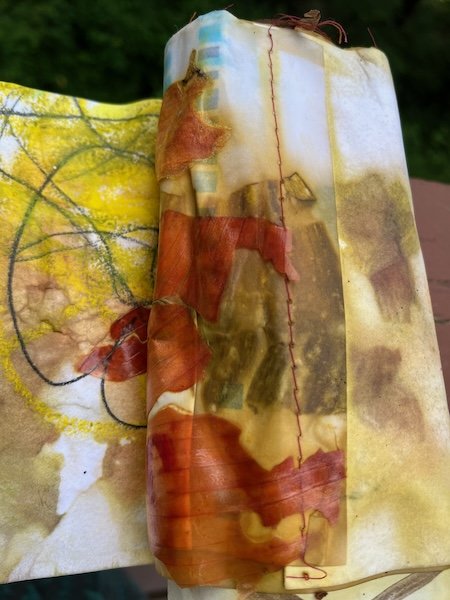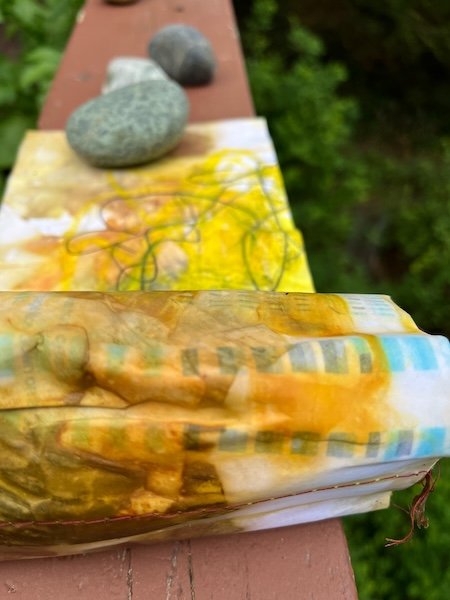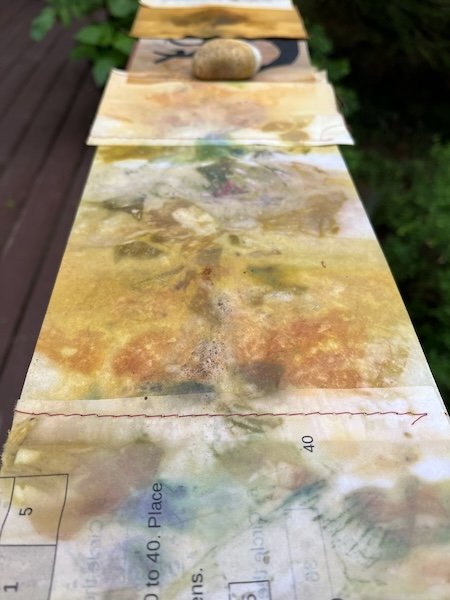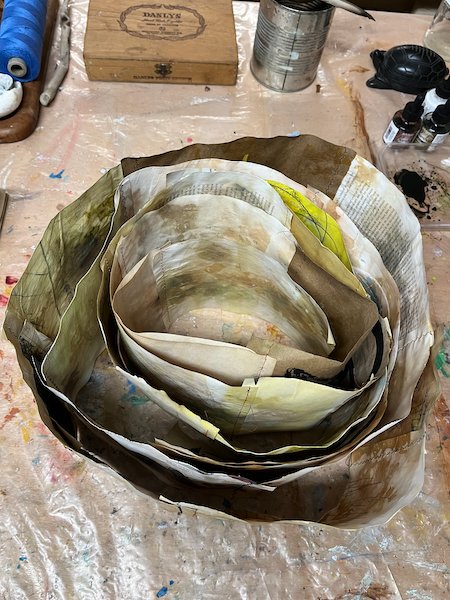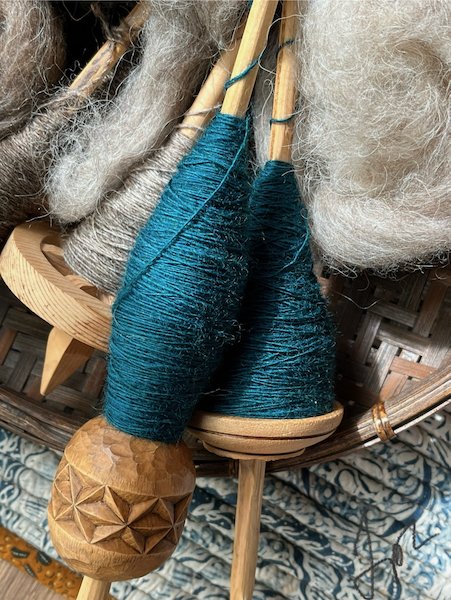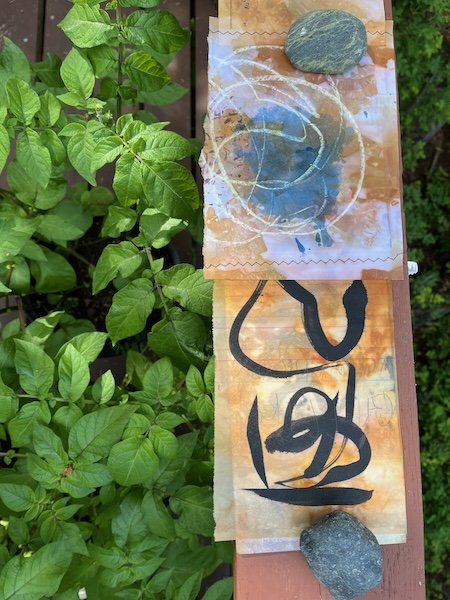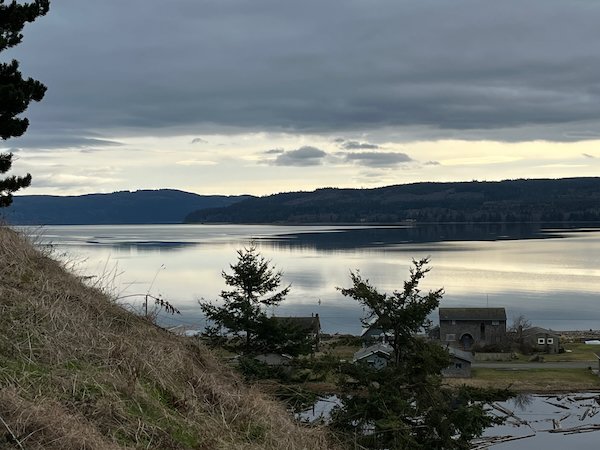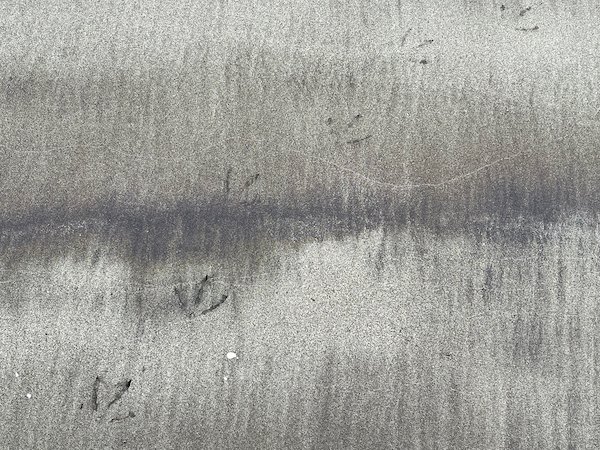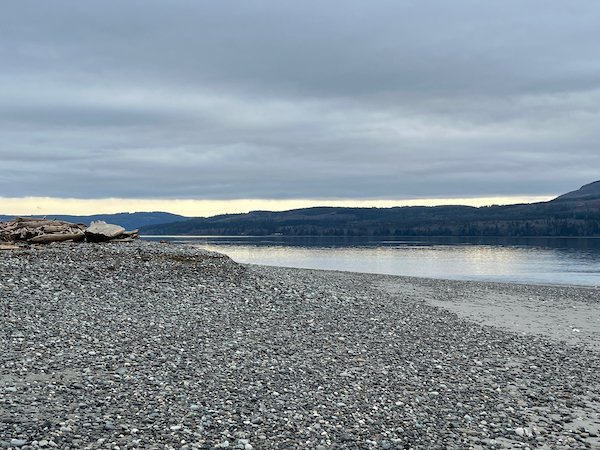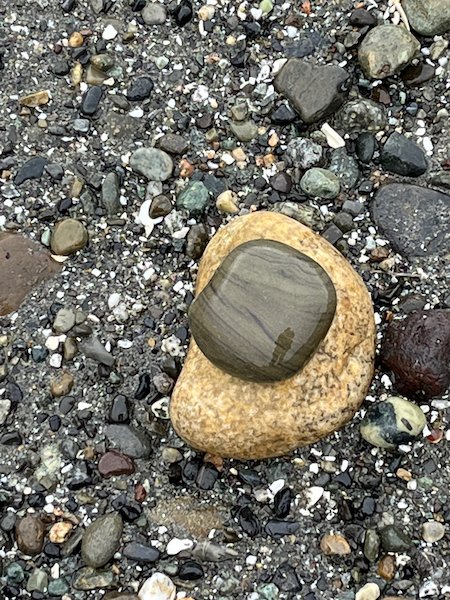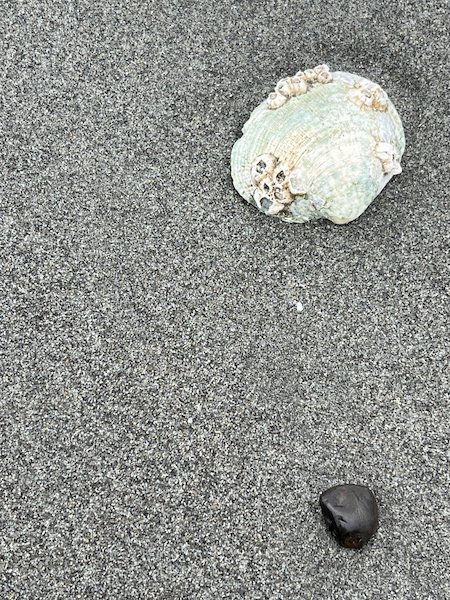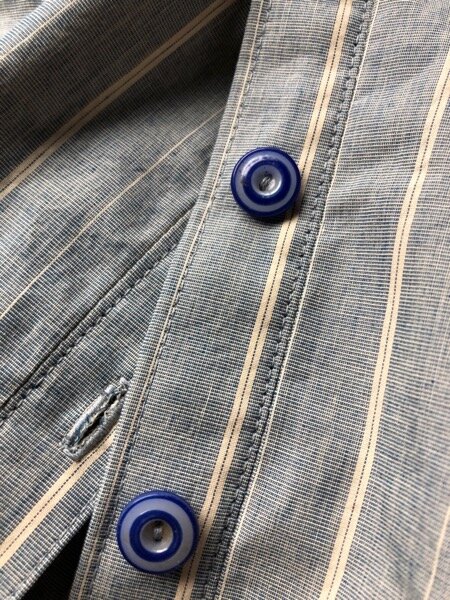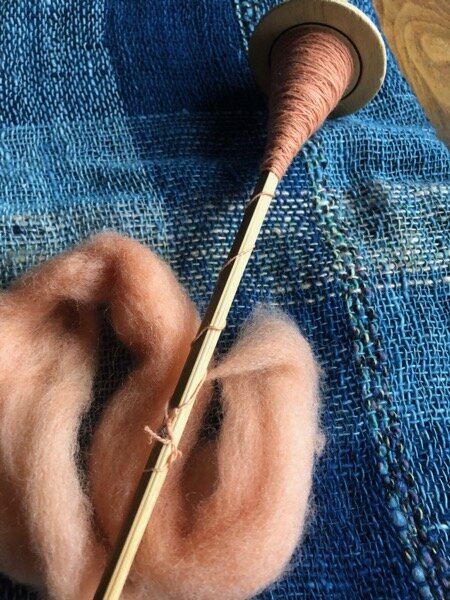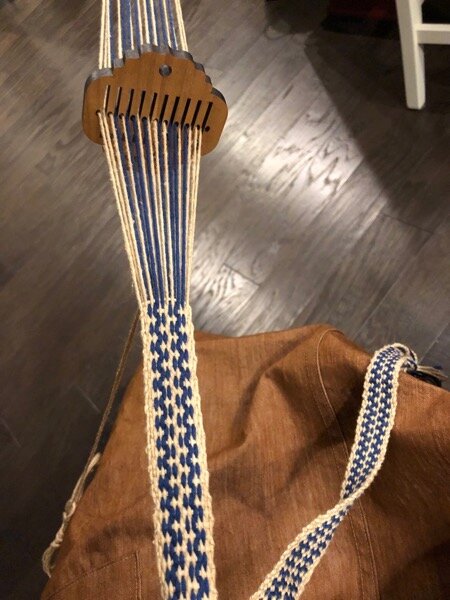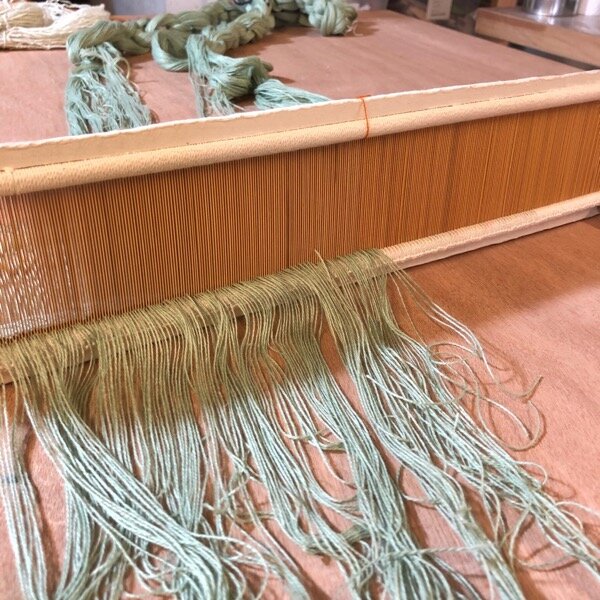A rainbow halo around the sun, over the Pacific Ocean at Kalaloch. Here, because somehow I need to share it, and the focus of my wonder keeps shifting like this, from the vast and epic to the miniature and daily - expanding and shrinking, but continuously stimulating wonder and amazement. (And I saw another one again today while composing this post, a rainbow halo around the sun, following a rain storm on an otherwise warm and sunny day.)
Gathering promise from Alexis Pauline Gumbs’ Undrowned and Lola Olufemi’s Experiments in Imagining Otherwise
A glimpse of the table. (Handspun continuous cord from cat’s cradle textiles, a bit of fiber magic)
Daily practice of writing, reading, painting, sitting and watching carries on. Interactions of poetry, paper, paint, birdsong, water, weather, war, wisdom and the lack of it, wrangled through arrangements of objects, words, and thoughts.
I’m reading Ursula K. LeGuin’s Always Coming Home, a rich, indulgent tome of her brilliance and insight. So much resonance with the backwards-headed people, for those who know this work! I don’t have the capacity to get into it, really - the post title was a working title, but I like it so much I’m just going to leave it at that, with hopes of revisiting the LeGuin when I can be coherent. Let your own mind make the necessary connections in the meantime…
Having cooked two more stitched salvage sketchbooks with onion skins, I once again took an indulgent number of photos while opening them up. The unrolling is the most exciting part, because the colors are most saturated when wet. Each segment has its own serendipitous story to tell, and the unexpectedness of it makes each book a thrill (as I’ve mentioned before). Above and below are all unrolling images from the same two stitched books, as I gloried in the effects, both bright and subtle.
Spiraled to dry in my studio, they look like like a huge rose, and I hate to even move or fold them….
The books, these stitched rolls of paper that are colored and folded and written and painted, keep shifting and growing, in the manner of lichens: multi-textured, slow, subject to weather, force, accident…. One thing I love is the way paper changes when it gets wet, and the way these books can accept water, unlike most books. The texture will change, and things may get very blurry or mushy or require reinforcement, but that’s part of the never-ending assembly project that they are.
The focus on slow growth in silence and solitude is my way of being with the world right now. With offerings of awareness and acknowledgement to Arab women and everything being asked of them. It’s a couple of years old, but I’ve just seen a video highlighting Bedouin women, which features an interview with my weaving mentor from Doha. I knew her as Umm Hamad, but she introduces herself as Noura Hamed Salem Shehayeb in this film. It’s wonderful to hear her stories - we did not have enough language in common for me to hear them when I was there.
Working on a handwoven camel halter in Souq Waqif, Doha, Qatar, 2011
I believe the film accompanied an exhibit at the Qatar National Museum:
Spinning sheep’s wool in Doha, 2011
And another beautiful Arab woman whose work I know and admire was interviewed here (Instagram link - the Lebanese film maker’s profile on Vimeo is here). Widad Kuwar’s Tiraz home for Arab dress has been much on my mind, given the continuing destruction of Palestine. Memories of visiting Jordan and seeing the bounty of textiles ten years ago…. there was definitely a sense of needing to preserve and hold the knowledge, history, and beauty of these things, but it did not feel as desperate as now. Nothing from a few years ago feels as desperate as now - is that the right word? It’s a feeling of having the wind knocked out of me, a kind of continuous shock, where it’s impossible to accommodate the understanding of what is actually happening.
But, given that I have the unutterable privilege of peace, home, food, love, and solitude, I make use of it to grow on behalf of all of us, and as I wrote at the beginning of some time alone in February, “The details of things gather around me like patient friends, offering supportive gestures in their mute beauty.”
